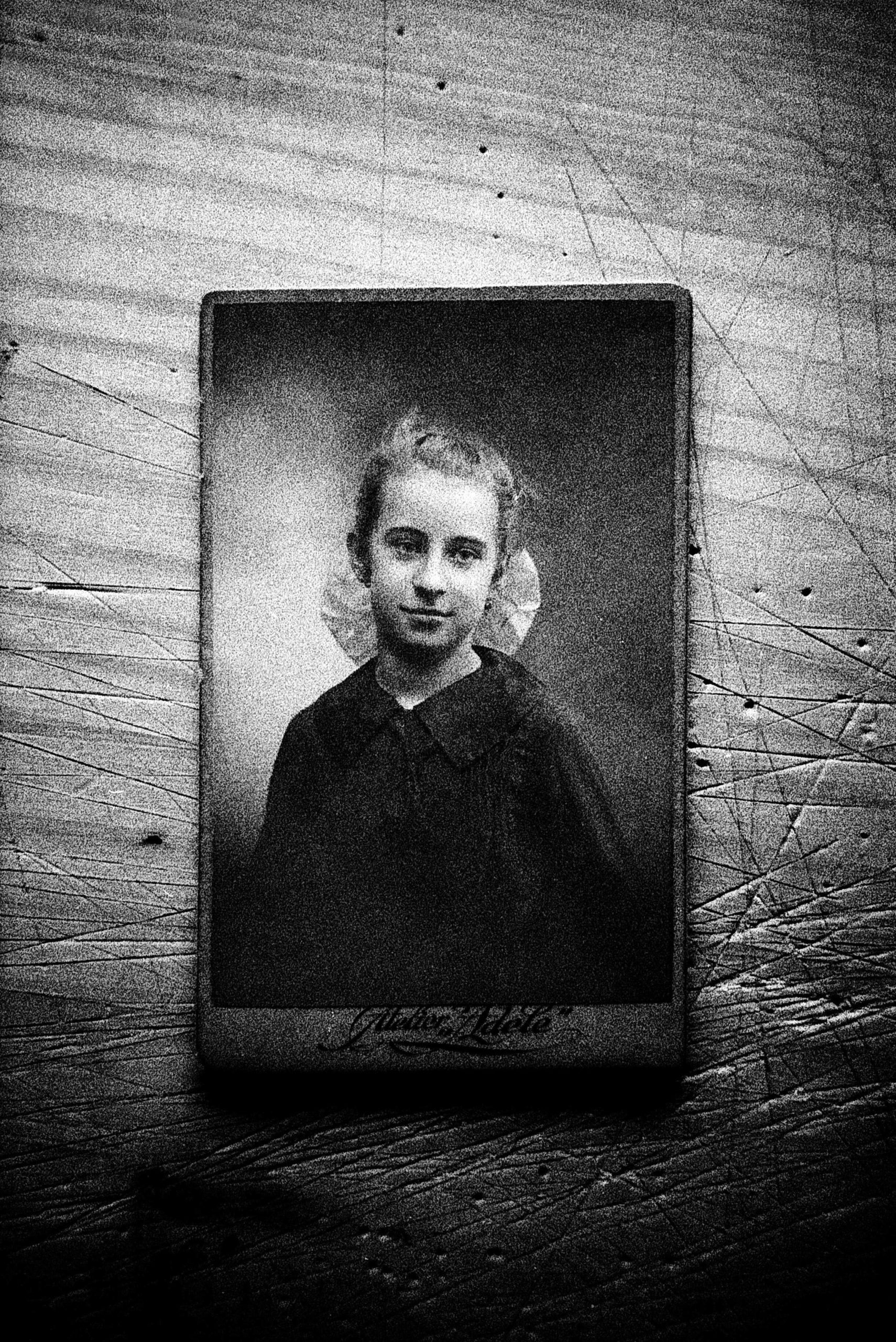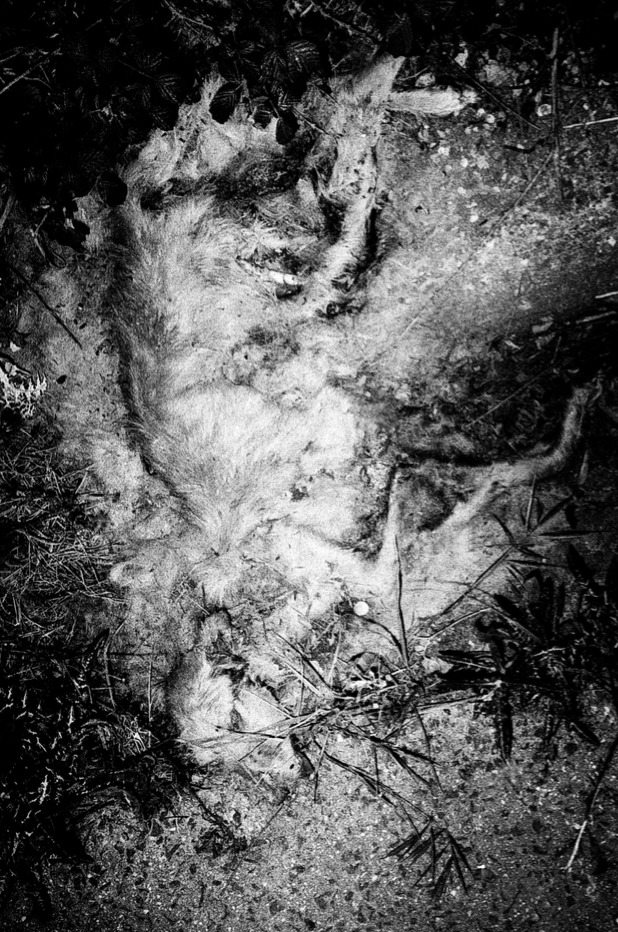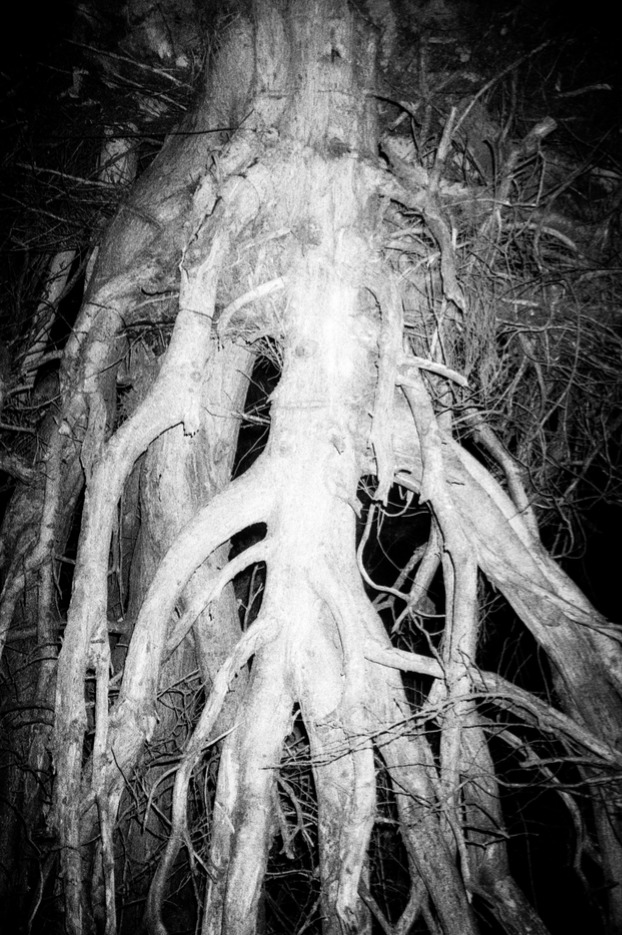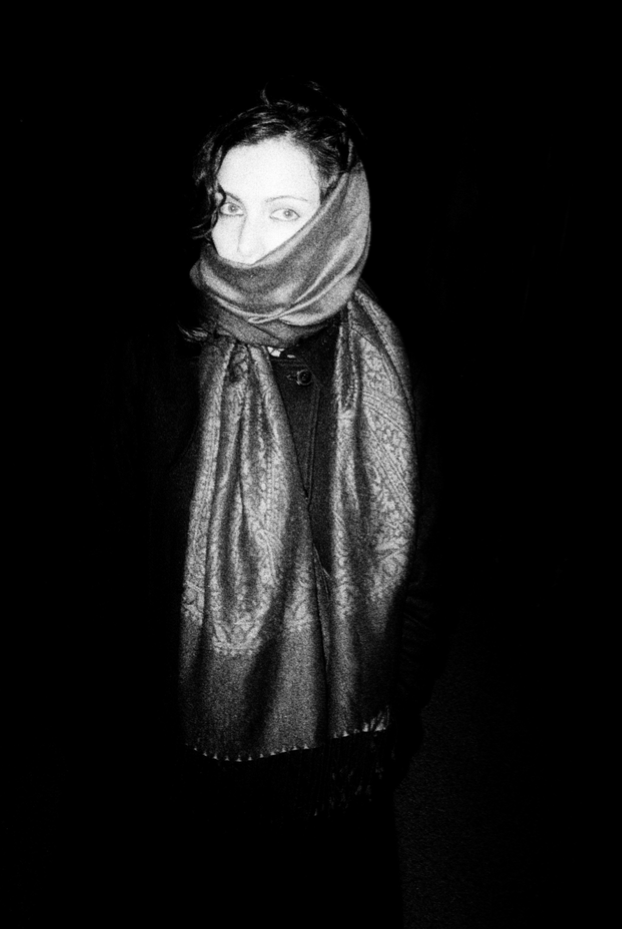La photographie a toujours été un médium controversé en tant que forme d’expression, avec probablement trop de controverses tout au long de son histoire, en particulier en ce qui concerne son rôle en tant que forme d’art, cependant, ce que personne ne peut nier est le fait que la photographie vit toujours dans le passé, à partir du moment où nous appuyons sur le bouton de notre appareil photo, cette même image fait partie du passé, et cela est immuable.
Fait intéressant, cette particularité a toujours été l’une des choses qui m’intéressaient le plus en photographie, aussi et surtout, compte tenu des particularités de mes projets artistiques. Celles-ci ont toujours été trop personnelles, une lutte constante pour me comprendre et pour comprendre le monde qui m’entoure. Rechercher dans le passé des problèmes, des habitudes, des erreurs, des vertus et les projeter dans le présent et le futur s’est avéré très naturel pour moi, avant même que je prenne ma première image. En réalisant et en reconnaissant le pouvoir que la photographie pouvait avoir dans mon processus d’auto-analyse, il m’est apparu clairement que ce serait l’outil parfait pour mon travail, et donc la meilleure forme d’expression pour moi.
Dans Everything Lay Still qui ne change pas, il y a toujours une tension constante entre moi, le monde et les conséquences de mes actions, tout en essayant de gérer au mieux l’univers qui m’entoure, mais aussi et surtout le mien esprit.
Inévitablement, j’ai été obligé de ralentir; d’une manière ou d’une autre, ma façon de voir la vie jusque-là m’a été enlevée. J’ai senti, et je ressens encore (mais surtout en regardant en arrière) que le monde était dans une pause indéfinie, dans les limbes constants. Tous mes projets immédiats ont été annulés, tous mes rêves sont allés plus loin, presque comme s’il s’agissait d’une utopie délirante. -Fábio Miguel Roque
Photography has always been a controversial medium as a form of expression, with probably too much controversy throughout his history, especially regarding his role as an art form, however, something that no one can deny is the fact that photography always lives in the past, from the moment we press the button on our camera, that same image is part of the past, and that is immutable.
Interestingly, this particularity has always been one of the things that interested me the most in photography, also and above all, given the particularities of my artistic projects. These have always been too personal, a constant struggle to understand me, and to understand the world around me. Looking through the past for issues, habits, mistakes, virtues and projecting them into the present and future turned out to be very natural to me, even before I took my first image. By realizing and recognizing the power of photography could have in my self-analysis process, it became clear to me that it would be the perfect tool for my work, and therefore the best form of expression for me.
In Everything Lay Still that does not change, there is still a constant tension between me, the world and the consequences of my actions, all while I try to deal as well as possible with the universe around me, but also and especially with my own mind.
Inevitably, I was forced to slow down; somehow my way of looking at life until then has been taken from me. I felt, and still feel (but especially looking back) that the world has been in an indefinite pause, in constant limbo. All my immediate plans have been canceled, all my dreams have gone further, almost as if they were delusional utopia. -Fábio Miguel Roque






